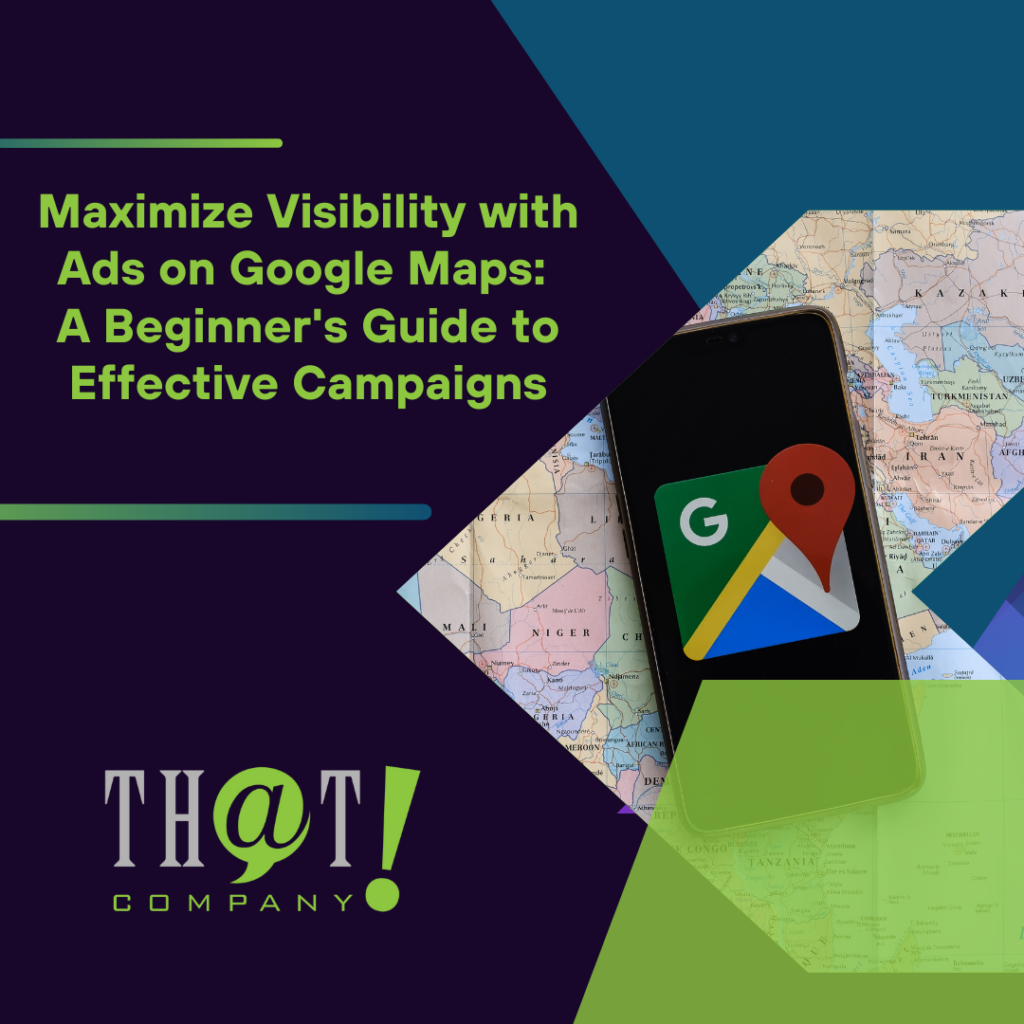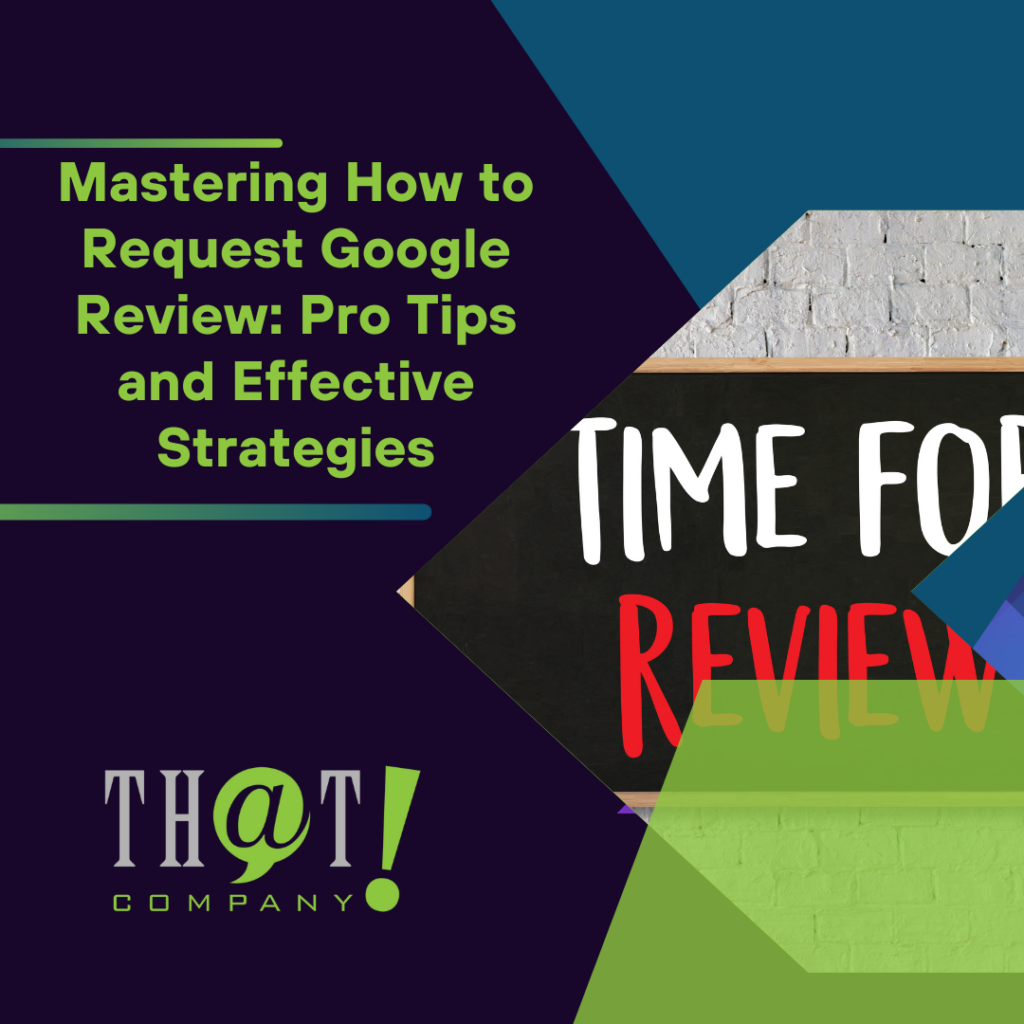
When it comes to online purchasing, almost three-quarters of customers look for visual material before making a purchase. You would want to see what it looks like before making a purchase, just like you would with anything else. This is why it is critical for e-commerce websites to use product photos to generate good experiences for potential consumers.
Many professional photos of the goods are on your e-commerce website to eliminate client doubt. While this will assist with conversions on your website, what about those who aren’t? Is it possible for e-commerce pros to influence conversions using photos that aren’t on their website?
Yes, and with Google Image search, publishers have a big chance to establish a new or enhanced channel. With Google Images stealing more and more market share with web searches, e-commerce businesses may take advantage of this market with adequate picture optimization.
According to several experts, including many professional photos for a product reduces buyer doubt, resulting in higher conversions and lower return rates. According to Jumpshot and Moz, Google Images searches account for about 26% of all searches. For eCommerce websites, improved product photos may help promote new client acquisition. On Google Photos, finding of up-to-date and correct product information, such as images, is critical to completing a good buyer experience. That’s why Google Images is such a terrific way to get fresh, high-quality visitors.
What Has Changed in Google Images? For Google Images users, Google teamed with Getty Images to provide a new search results experience. Google announced two improvements to image search as a result, this cooperation, including changes to how Google shows indexed photos and sends traffic to publishers. Through Google Image Search, eCommerce marketers have a fantastic chance to develop a new or enhanced customer acquisition channel.
Here are some tips for optimizing your eCommerce product photos and getting them indexed in Google search to attract high-quality, purchase-intent visitors. When shopping online, product photos help potential buyers have a favorable experience.
Learn the Fundamentals of Image Optimization
 When it comes to having your product photographs noticed, descriptive file names are crucial as the file names are how Google categorizes the images. You should also include optimized alternate text as a better and more descriptive way of getting your images indexed. Also, if an image fails to load, image alt attributes are required for eCommerce websites. The alt-text is also used by Google to interpret image context, as verified by the Google webmaster team. It is a simple and highly effective way of using your own words to describe the context of the image while also allowing the use of keyword-centric descriptions to assist in indexing your images in the way you wish to be indexed.
When it comes to having your product photographs noticed, descriptive file names are crucial as the file names are how Google categorizes the images. You should also include optimized alternate text as a better and more descriptive way of getting your images indexed. Also, if an image fails to load, image alt attributes are required for eCommerce websites. The alt-text is also used by Google to interpret image context, as verified by the Google webmaster team. It is a simple and highly effective way of using your own words to describe the context of the image while also allowing the use of keyword-centric descriptions to assist in indexing your images in the way you wish to be indexed.
Make Schema Markup for Your Images
Brands may attract potential searchers by using structured markup to provide rich product photos and product characteristics while looking for things to purchase on Google or images that feature products they offer. Consumers can locate the most up-to-date, relevant goods by maintaining the accuracy and freshness of the product information. With structured markup, you can turn Google Images into a storefront window. Adding structured data markup to websites is essential for any eCommerce firm or shop that wants Google to comprehend product photos and related properties.
Professionals from white label services say that Google recommends adding markup to your product pages so that rich search results, such as Google Images, may display extensive product information. Product price, availability, and review ratings are presented on search results for high-intent searchers.
For eCommerce sites that employ structured markup to annotate their product information, Google has introduced a new ‘Products’ report in Search Console. This new report shows any pending markup issues on your site to a brand or search marketer. Once an issue has been resolved, the report may be used to double-check that your issues have been resolved by re-crawling your impacted pages. Learning more from these detailed status reports will go a long way in achieving better results.
Display Product Information in Google Images and Google Search
Having the correct information about your items appear in Google Search and Google Images is another requirement for any marketing expert working with a merchant or eCommerce website. You may now update your product information in real-time to match similar inquiries from high-intent searches or purchasers, thanks to recent modifications to Google product feeds.
The new Google product feed extension is a godsend for retailers and marketers that want to correctly show product information (such as photos and other important info) in real time. Consider a fast-fashion firm that rotates its product inventory every three months or a company that sells exclusive or limited-edition goods that it promotes on Google Search and Images.
Marketers can now effortlessly submit their product feeds and photos to Google’s Merchant Center, allowing them to appear in search results for online and image searches right away. The product information (such as photographs) is ranked based on its relevancy to the user’s search queries, and it’s completely free to use. This amazing feature is currently accessible to brands in the United States, with more nations to follow soon.
[bctt tweet=”Through Google Image Search, eCommerce marketers have a fantastic chance to develop a new or enhanced customer acquisition channel.” username=”ThatCompanycom”]Use Google Knowledge Cards to Display your Product Images.
 Google has given businesses more control over their brand and product information recently. Brands that produce their goods, original equipment manufacturers (OEMs), and/or B2B firms will attest to the importance of having the correct type of product photographs to appear in Google for category discovery and general brand exposure.
Google has given businesses more control over their brand and product information recently. Brands that produce their goods, original equipment manufacturers (OEMs), and/or B2B firms will attest to the importance of having the correct type of product photographs to appear in Google for category discovery and general brand exposure.
Google has recently announced the opportunity to update your product information (such as images) through their Google Manufacturer Center. You may now make changes to your product description, variations, and rich content like photographs and videos that appear in the product’s knowledge panel.
Make Use of Your Customers for Authentic Photographs
Utilize the power of user-generated content to boost conversions and trust. Include customer photos on your eCommerce site. Reviews are a fantastic way to accomplish this.
Encourage your consumers to share photographs of their purchases on social media sites like Facebook and Instagram, then reuse the information on your product and checkout pages.
Compress Your Photographs
Last but not least, make sure your photos are optimized for performance and load quickly. Many applications, may help you compress the photos on your website.
In addition, most hosting platforms use CDN services to ensure rapid delivery. Smaller file size increases your chances of being indexed in Google Images.
These six image search methods, if properly followed and implemented, may increase traffic and sales to your eCommerce website.
 By looking at content generation in fresh ways, you might unearth hidden content potential for your website. Getting Images indexed properly within Google is just one of those ways that many people overlook or don’t even realize the potential. One reason is that you’re typically competing against others who are targeting keyword location inquiries, local SEO may be difficult due to the actual location so other avenues should be considered to assist. By having local SEO solutions and by spreading out beyond the anticipated and demonstrating to Google that you are the authority within your industry, you can deliver value to your clients. Get creative, look into the numbers, and find new ways to engage with your consumers.
By looking at content generation in fresh ways, you might unearth hidden content potential for your website. Getting Images indexed properly within Google is just one of those ways that many people overlook or don’t even realize the potential. One reason is that you’re typically competing against others who are targeting keyword location inquiries, local SEO may be difficult due to the actual location so other avenues should be considered to assist. By having local SEO solutions and by spreading out beyond the anticipated and demonstrating to Google that you are the authority within your industry, you can deliver value to your clients. Get creative, look into the numbers, and find new ways to engage with your consumers.
Written By: Merton Clemence

























